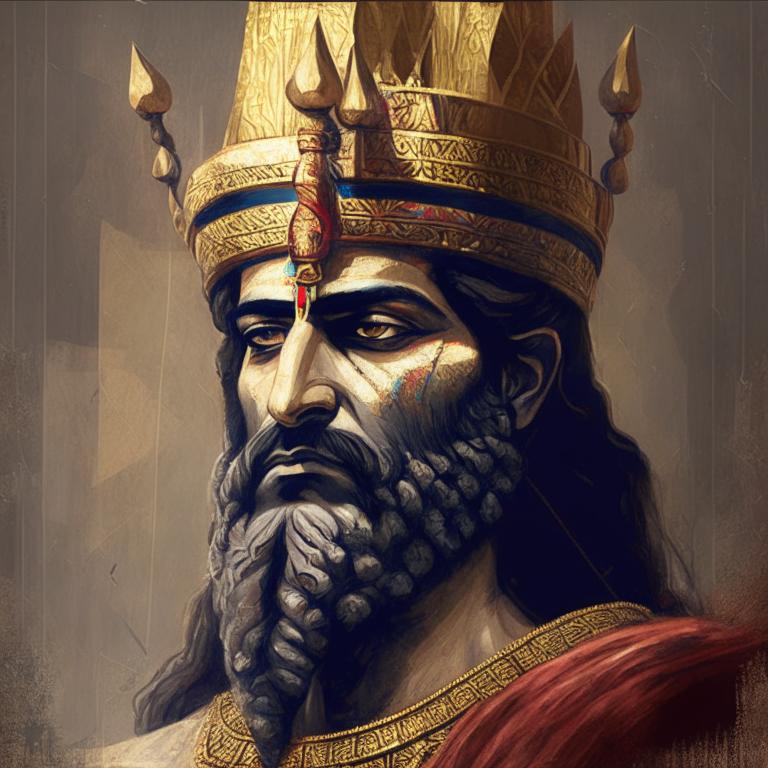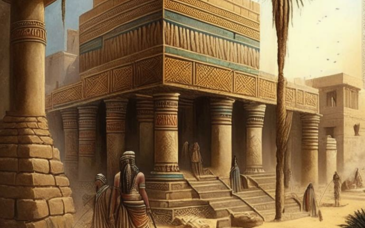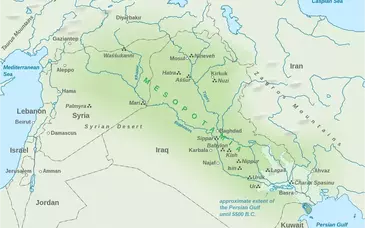
Iraq: Nimrud, N.W. Palace, Room G Neo-Assyrian Period Reign of Ashurnasirpal II, ca. 883-859 B.C. Gypsum (?) 61.2 cm H, 58.0 cm W Exchange with the British Museum, 1974 OIM A34979
Room G in Ashurnasirpal II's palace may have served as the setting for a ritual by which weapons were purified. The walls of this chamber were adorned with exceptionally well-carved and minutely detailed reliefs showing the king standing between, alternately, two courtiers and two winged genies. This fragment shows the king himself, identifiable by his fez-shaped cap surmounted by a conical spike. Originally, this piece formed part of a scene. The king, grasping a bow, stood ready to pour a libation from a cup poised delicately on the tips of his fingers. Facing him was an attendant who carried a fly-whisk with which to banish insects from the royal presence.





